African fat-tailed geckos are a distinctive species of gecko notable for having a fat, bulbous tail. They’re very unique and one of Africa’s most interesting creatures.
These ground-dwelling reptiles originate from West Africa. Their habitat ranges from semi-forested areas to dry savannas.
They have an impressive lifespan of between 10-18 years. However, they can live even longer in captivity. They’re relatively small in size and will grow to a length of between 7 and 9 inches.
These are just a few of the many interesting African fat-tailed gecko facts. In the list below, we will take a deeper look at this unique lizard species.
Facts About the African Lizard With a Fat Tail

The African fat-tailed gecko is a fascinating reptile with a range of quirky characteristics.
This includes their fat tails, broad habitat, unique behaviors, diets, and plenty more.
1. As its name suggests, this African gecko has a fat tail
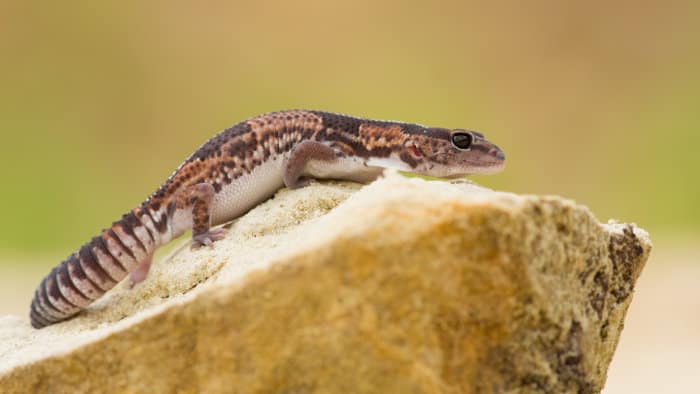
The most distinctive feature of the African fat-tailed gecko is its tail. This is noticeably wide and thick in shape, with vertical segments running the entire length.
The tail is for fat storage, making it an important energy reserve. They can go days without eating if food is scarce.
If African fat-tailed geckos come under attack or feel threatened, they can voluntarily lose their tails. This is to confuse their predator and allow them to escape.
If this occurs, a new tail will grow back. It will develop even more rounded in shape than their previous tail – to resemble their head.
The new tail may have different coloring or patterning than the rest of the gecko’s body.
2. The thicker the tail, the healthier the gecko
You can gauge the health of an African fat-tailed gecko simply by looking at its tail. A thin tail will indicate they’re not getting enough food. It can also be a sign of an illness.
A plump, well-rounded tail on an African fat-tailed gecko is a sign of good health. Since this is where they store their fat, the bigger their tail is, the more access they have to food.
3. African fat-tailed gecko natural habitat
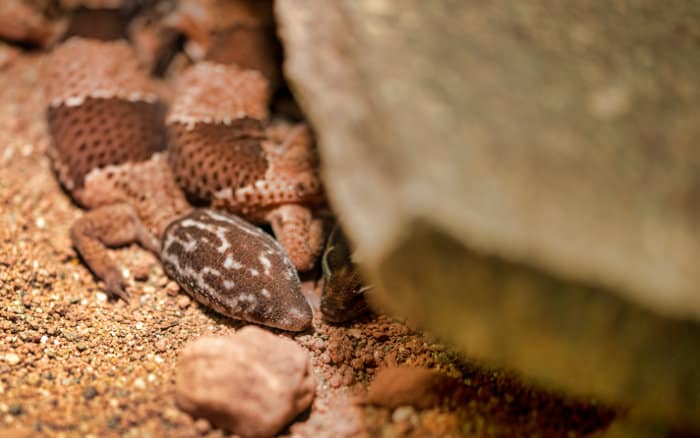
Wondering where to see these fat-tailed geckos in Africa? This ground-dwelling lizard occurs in West Africa, namely between Senegal and Cameroon.
It occupies a broad range of terrains, including the savannas, riverbanks, and dusty desert landscapes.
The region of Africa that the fat-tailed gecko calls home influences its physical attributes. Their color, scale pattern, and size will vary to allow them to survive in their given habitat.
4. African fat-tailed geckos have distinct patterns
These lizards with thick tails naturally have patterns with brown and tan banding, with a pinkish or off-white underbelly. Some geckos also have a long white stripe that runs the entire length of their bodies.
Through selective breeding in captivity, other pattern variations occur. This can include albino, aberrant, patternless, fully black, and even tangerine-colored geckos.
5. Albino African fat-tailed geckos are a rare morph
Albino fat-tailed geckos are rare and highly sought-after because of their exotic appearance. They have a similar pattern to other varieties.
The difference, however, is that they have a white or pink base with lighter orange bands.
Other rare fat-tailed gecko morphs include ghost, oreo, starburst, and white-out. While these color variations are hard to come across, the albino remains the rarest of the lot.
Note: An African fat-tailed lizard may also appear white or pink in color when shedding. This process takes place every 3-4 weeks.
6. African fat-tailed gecko behavior – they’re not social
African fat-tailed geckos are not social. Other than when they’re mating, they prefer to spend their time alone. Even after laying eggs or giving birth, the adults will not stay with their young.
In captivity, female fat-tailed geckos can live in one enclosure. However, one should not keep males together. They are territorial and will fight each other to defend their space.
7. These fat tail lizards are insectivorous
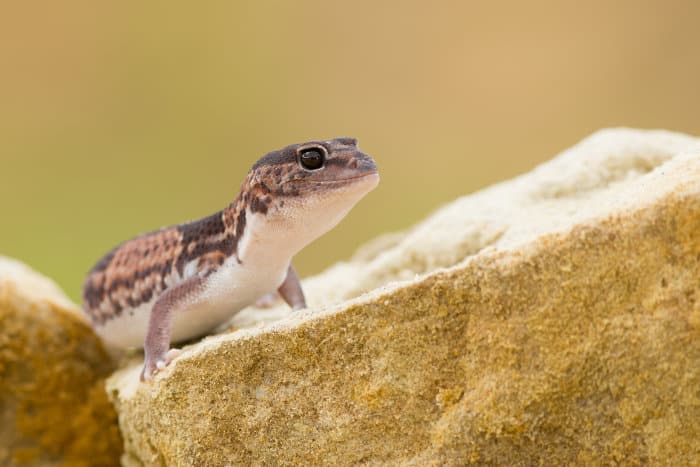
African fat-tailed geckos are insectivorous, meaning they only eat insects. They won’t eat dead insects, only live prey.
The African fat-tailed gecko’s diet consists of a variety of insects: crickets, roaches, mealworms, king mealworms, and silkworms. Most of the insects they consume are no larger than the width of their own heads.
8. These African fat-tailed lizards can blink
Most geckos lack eyelids. Therefore, to keep their eyes moist and clean, they will lick them. However, African fat-tailed geckos do have eyelids, which means they can blink.
This enables them to keep their eyes clean in their dusty natural habitat. They are one of only a few species of geckos that can do so.
9. This African gecko species is not great at climbing
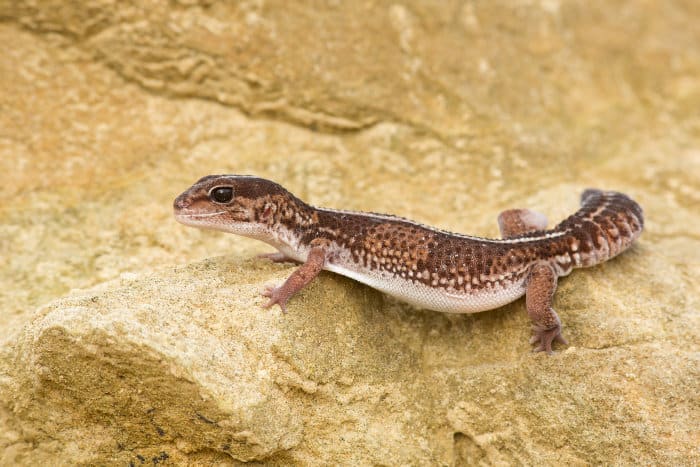
Most geckos have sticky pads on the bottom of their feet, called adhesive lamellae. This allows them to climb up structures easily and even hang upside down.
However, these fat-tailed lizards lack sticky toe pads. Because of this, it is difficult for them to climb vertically.
10. African fat-tailed gecko vs leopard gecko
African fat-tailed geckos and leopard geckos are part of the same subfamily, Eublepharidae.
They share some similarities. For example, both species have a similar body shape. Both of these types of geckos also have true eyelids, which allow them to blink.
However, they have different temperaments. While the African fat-tailed gecko is generally mellow and calm, leopard geckos are more active and less docile.
11. The African fat tail gecko thrives in captivity
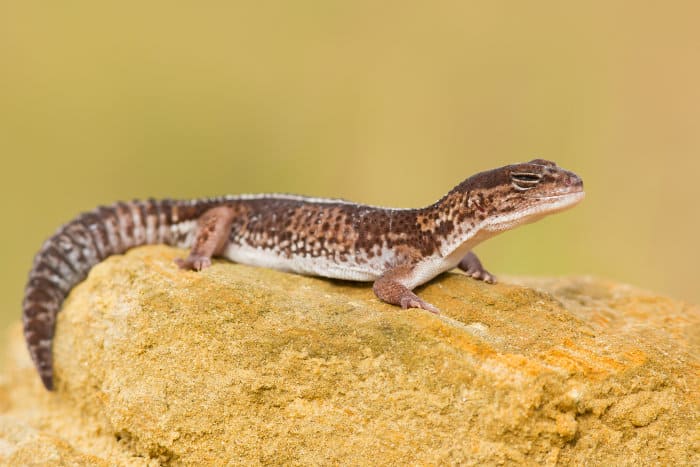
Fat-tailed geckos thrive in captivity and are common reptile pets. They stay relatively small in size and are docile, calm creatures.
Unless threatened, they’re slow-moving. This is partly due to their large tails which make it hard for them to move too quickly.
Because of these features, they are easy to handle and care for. After the initial week or so of settling in, they usually don’t mind humans handling them.
They’ll even start to develop individual personalities that you can pick up on overtime.
When cared for properly, they can live for up to 25 years in captivity.
12. These lizards with fat tails are nocturnal
African fat-tailed geckos are nocturnal. During the day, they conserve their energy and usually sleep under bark and rocks or inside crevices.
After sundown, they’ll go off in search of food. Although they’ll eat a variety of insects, their insects of choice are crickets and mealworms.
The predators of the African fat-tailed gecko are snakes, larger reptiles, and various birds and mammals.
See an African Fat-Tailed Gecko in the Wild
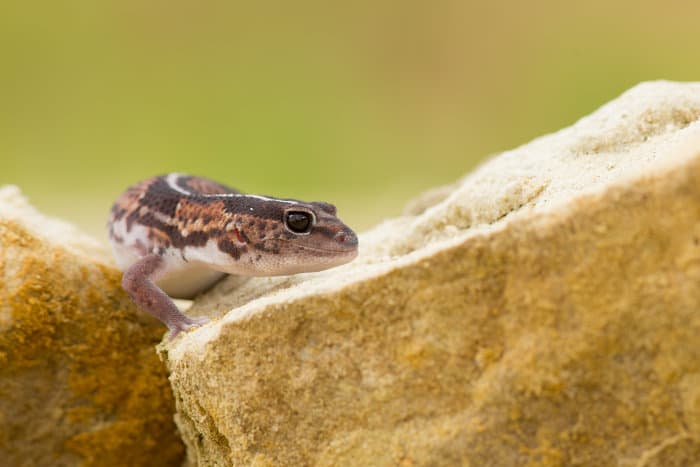
The African fat-tailed gecko is among the most incredible types of geckos. Hopefully, this list of facts has taught you something new and has helped you to appreciate all of their unique and unusual qualities.
Luckily, these African fat-tailed geckos are not an endangered species. They thrive in the wild, as well as in captivity.
Thanks to their distinctively large tails, if you do happen to spot one, you’ll know right away what you’re looking at.
Considering they are native to West Africa, the best chance of seeing one is by visiting the region. After all, why keep them as pets when you can observe them wild and free, as nature intended?
For a chance to spot a fat-tailed lizard and other African animals, check out these incredible safari deals.
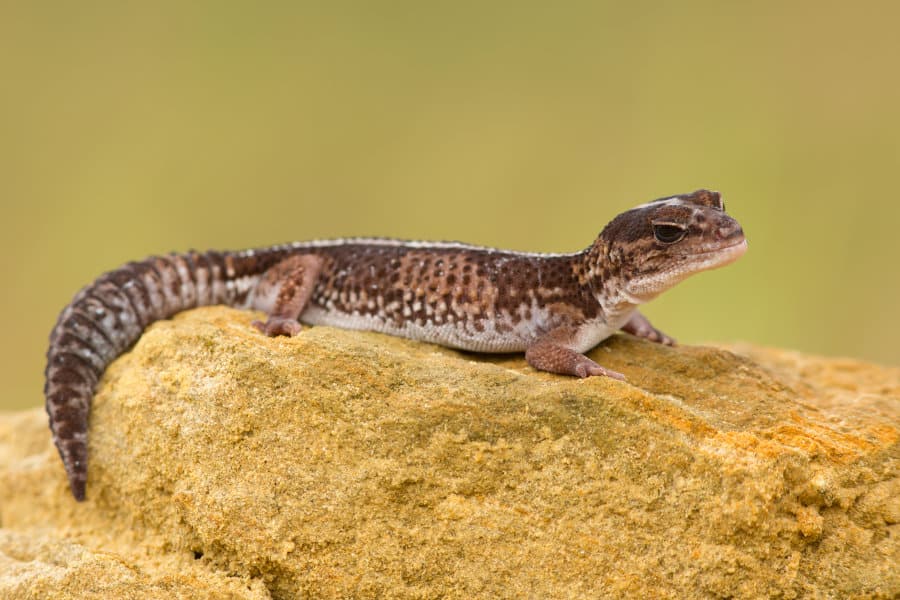


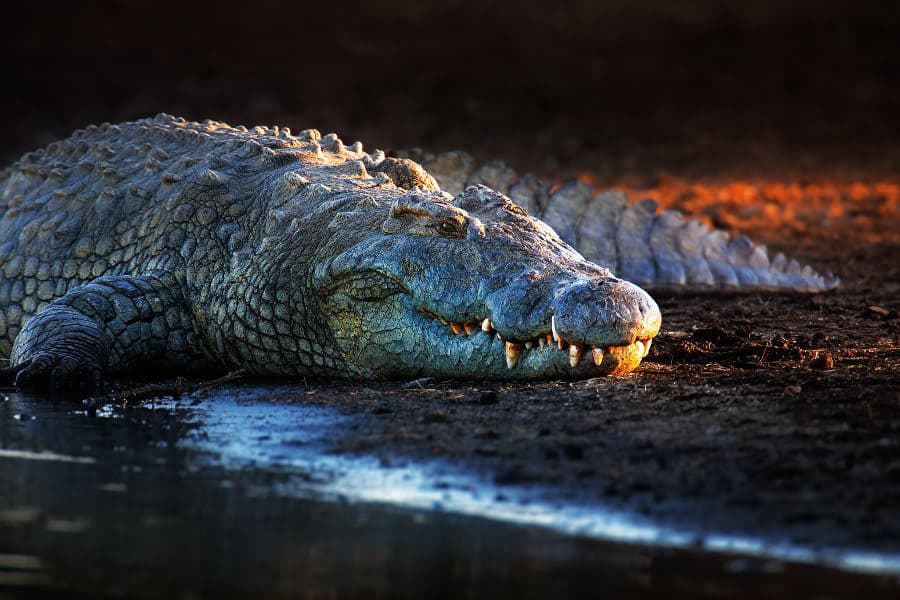
I got an African gecko at Christmas in 2023 and I am so thankful for this because all my African gecko is eating is crickets and refuses other food but I didn’t know that about geckos fav food so thank you❤️❤️👍👍
Thank you for sharing the info!
Didn’t know what my child brought home and what to feed it. Now I do. Great website.